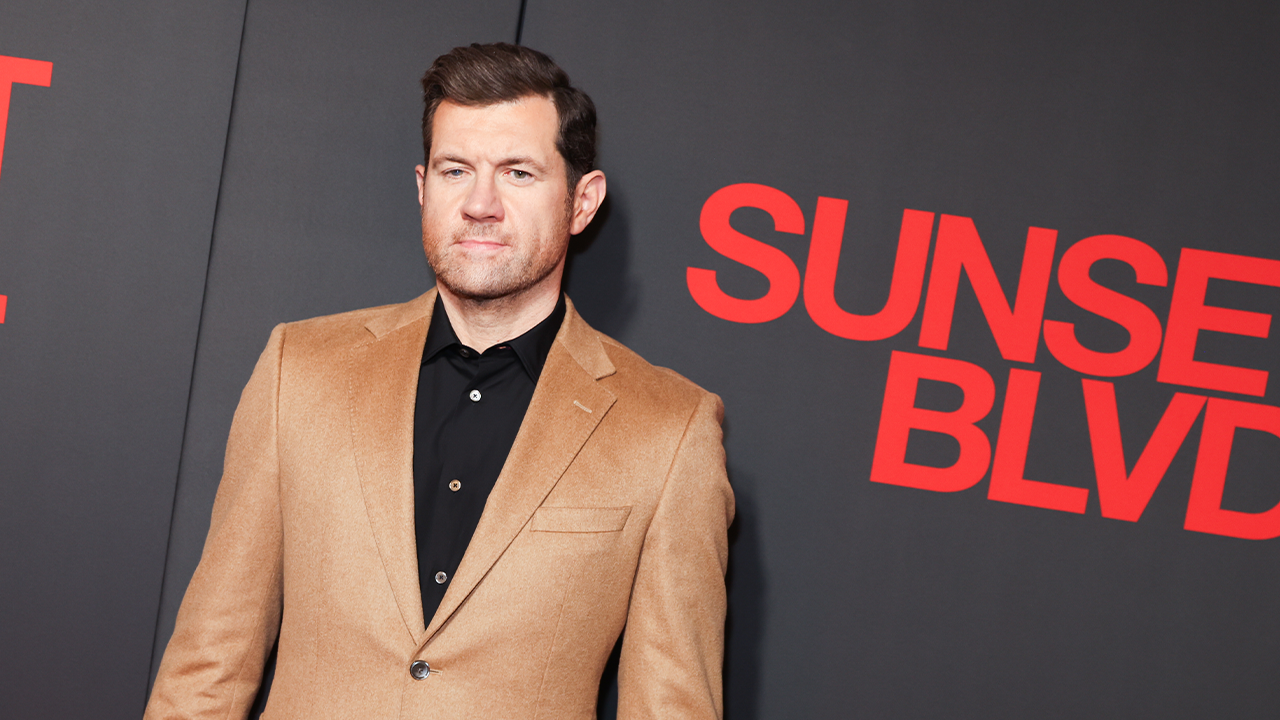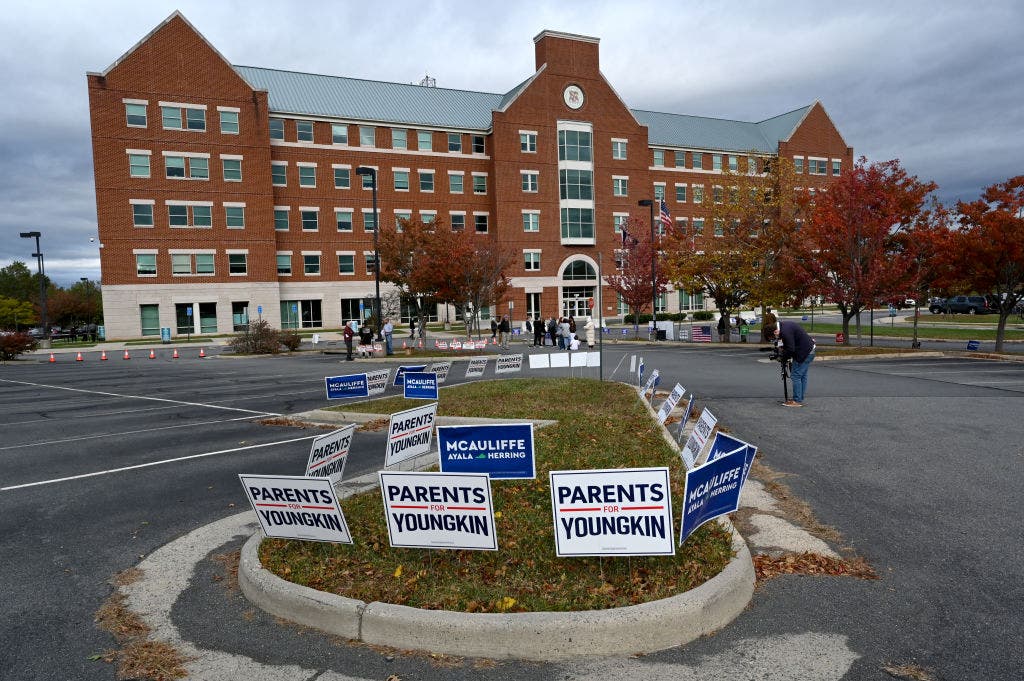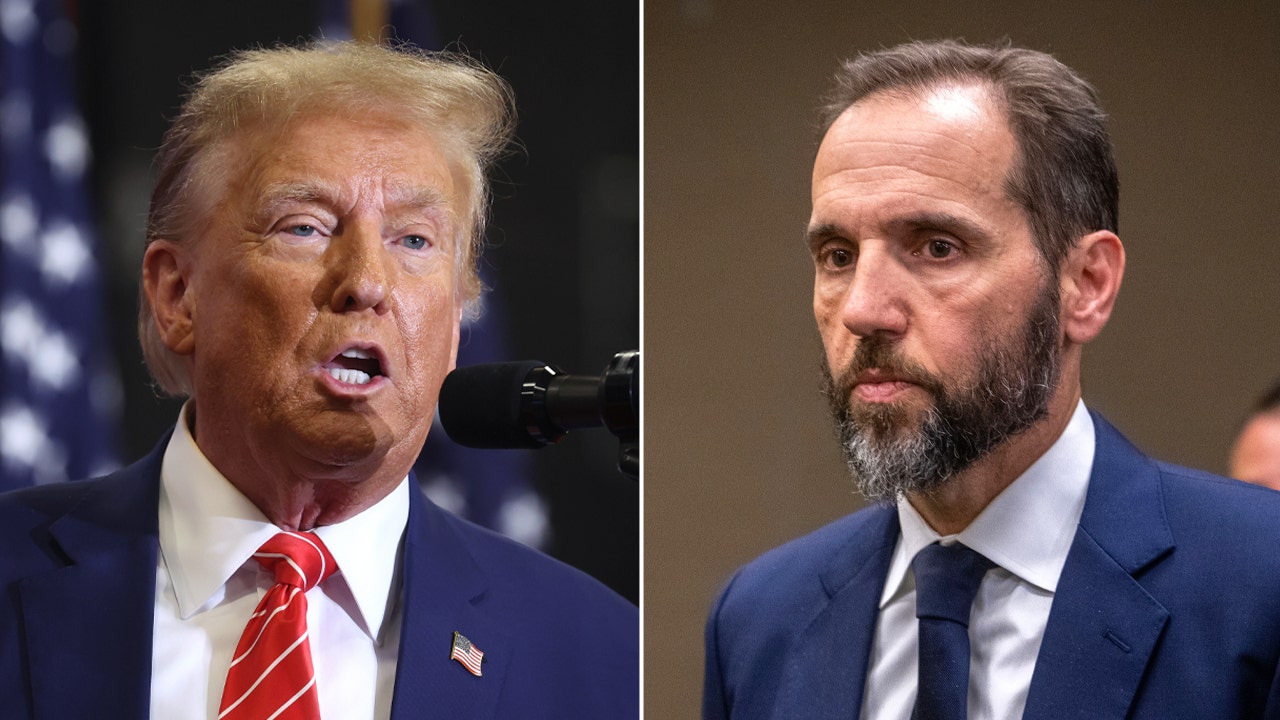Universal Music Group released a Spanish version of the Christmas hit on Friday, using an AI voice clone to reproduce Brenda Lee's vocals
“Rockin’ Around The Christmas Tree” is one of the holiday season’s most iconic songs, shooting back up the charts every year and hitting Number One in 2023, 65 years after the song’s debut. But the world’s largest record company is looking to take the track to an even more global audience with artificial intelligence.
Universal Music Group released “Noche Buena y Navidad,” a Spanish version of the classic Christmas song, on Friday, featuring Brenda Lee‘s voice-cloned vocals from the original recording. Sonically, it’s impressive, sounding very close to the original, even if the lyrical meaning had to change to fit the new language. References of mistletoe and pumpkin pie, for example, aren’t in the Spanish version, and the spanish version’s opening line translates to “I want to dance by your side and enjoy Christmas.”
Brenda Lee – “Noche Buena Y Navidad”
The song is one of the most significant AI music releases to date, marking one of the few cases of a record label sanctioning the use of voice replication on a commercial release. “Noche Buena y Navidad” comes about four months after UMG announced a partnership with the AI music startup SoundLabs over the summer, touting the new deal as a way for artists to create their own voice clones. At the time, the companies had listed language transcription as a promising use of the tech so that artists can more directly reach fans even if their music isn’t in the same language.
“One of the things we’re super bullish on is augmenting the human process,” says Brian “BT” Transeau, SoundLabs’ founder and a composer who’s worked with Madonna, Death Cab for Cutie, and Sting. “That is part of what gets me really excited about integrating machine learnings into this.”
Transeau says that getting music in fans’ native languages while hearing the artist’s voice makes for “such a more emotive experience” for the listener. “Music is this universal conduit of a language,” he says. “And of course, the human voice … typically leads and tells the story. I only speak English, but were I to be in the shoes of someone that is constantly bombarded with songs I love but it’s not my native language, it would be so rad to hear it in the language that I speak.”
Editor’s picks
Artificial intelligence remains a touchy subject in the music industry, with labels and artists alike voicing concern that the technology gives way to rampant copyright infringement and the unauthorized use of artists’ name, image and likeness. And of course, there’s still the fear that AI could eventually replace human creatives altogether. Meanwhile, AI’s ability to mass-produce shlock was instrumental in helping an alleged fraudster to siphon off tens of millions of dollars in royalties from actual artists, too.
Given those issues, music companies are dipping their toes with caution, acknowledging the helpful tools AI can provide while also taking action against uses they haven’t permitted. All of the big three record companies sued the prominent AI music generators Suno and Udio earlier this year over massive infringement allegations. The companies have fought back, arguing that the AI songs are fair use.
In SoundLabs’ case, they had a license with UMG to make Lee’s vocal, and Lee herself approved of the final version, saying in a statement that she was “blown away” by the new recording.
“Throughout my career, I performed and recorded many songs in different languages, but I never recorded ‘Rockin’ in Spanish, which I would have loved to do,” she said. “To have this out now is pretty incredible and I’m happy to introduce the song to fans in a new way.”
Related
While the song is a technological venture made possible by AI machine learning, it’s still mainly the result of meticulous work from real-life human musicians. SoundLabs’ software helped clean up the stems from master recording and turned raw vocals into a Brenda Lee soundalike, but a lot of the rest was human-made. “You certainly can’t just prompt an LLM to just do a Spanish translation of a song and expect that artistically it will be the best translation,” BT says.

Before the SoundLabs partnership was officially announced this year, UMG tapped multi-time Latin Grammy-winning producer Aureo Baqueiro to help make the song, and it was Baqueiro who re-wrote the song’s lyrics so that it could make sense in Spanish while still fitting the song’s phonetics and rhythm. That alone took around two to three weeks, he tells Rolling Stone. After that was done, he brought in a studio singer named Leyla Hoyle to perform the vocals, and Baqueiro sent those to SoundLabs so they could overlay them with Lee’s vocal clone.
While Hoyle is a native Spanish speaker, as they’d get some of the transformed audio back, some lines would sound more like an English speaker trying to sing in Spanish and they’d have to be modified. But by the end, Baqueiro says, they’d created what he thinks is as close to a Spanish version of the song as he could make.
“I was obviously mind-blown,” Baqueiro says of hearing Hoyle’s transformed Lee vocals for the first time. “It definitely opens up the creative possibilities, especially with those older catalog songs we love. I think it can reintroduce those songs to new audiences.
“I hope this song will enhance that experience for listeners,” he continues. You love the song and you know it even though you might not completely understand the lyrics in some in some cases. But the way we did it, I think it’s so flawless in the way it sounds in both languages. It sings, it sings the same, it sounds the same. That’s the part I really like, it enhances the potential and the depth of of communication with the listener in a new language.”
Releases like this put the music business in uncharted territory, bringing about philosophical questions on how we view the music process. Who actually performed the song and how it’s credited is a complicated question. While the final result is Lee’s voice, the recording is only made possible through a sort of vocal surrogate, in this case Hoyle. Hoyle isn’t listed as a vocalist on the song, and it’s attributed to Lee.
How labels will handle those credits overall is still unclear given there’s only a few instances of this happening. When Warner Music Nashville released the AI Randy Travis song “Where That Came From,” this past spring, it designated the singer James Dupré as the “vocal bed” on the song.
Trending
This may not be UMG’s last time using voice cloning to translate songs. Without saying who, SoundLabs says that an English-speaking UMG artist with a sizable following in Japan is interested in taking one of their records and remaking it for a Japanese translation.
As SoundLabs’ chief operating officer Lacy Transeau says: “I think this Brenda Lee use case will really help people see what’s possible in terms of getting people excited about giving new life to something that already exists.”

 2 hours ago
1
2 hours ago
1
















.png)

.png)
.png)
.png)













 English (US) ·
English (US) ·  Hindi (IN) ·
Hindi (IN) ·